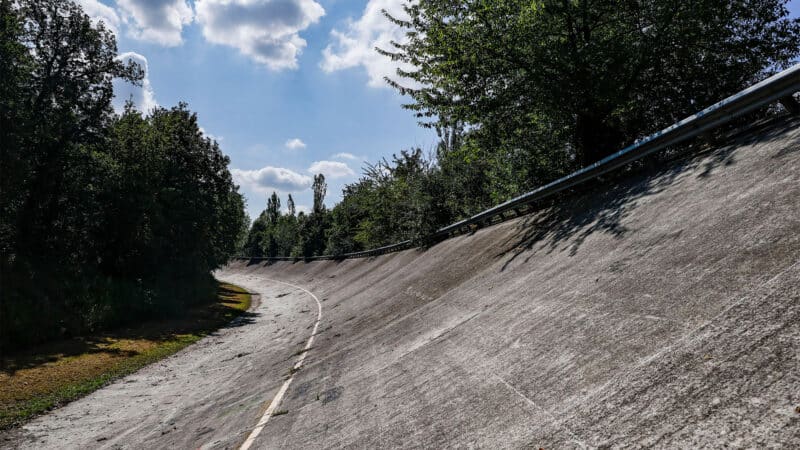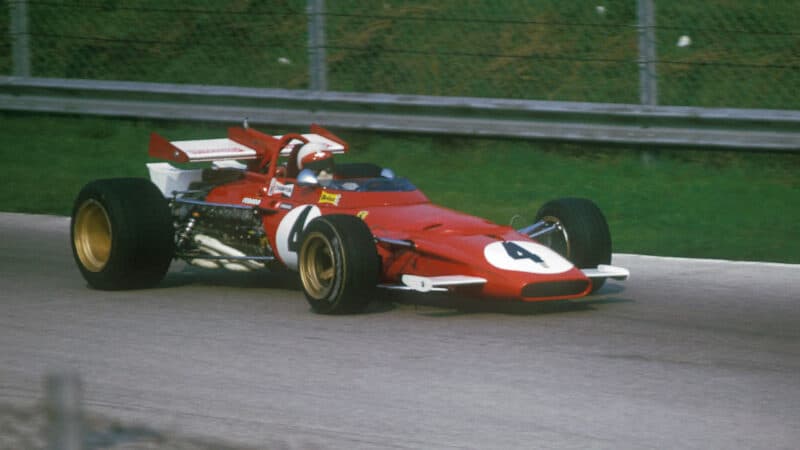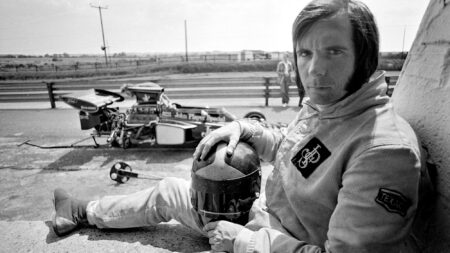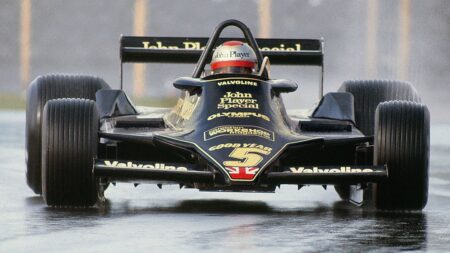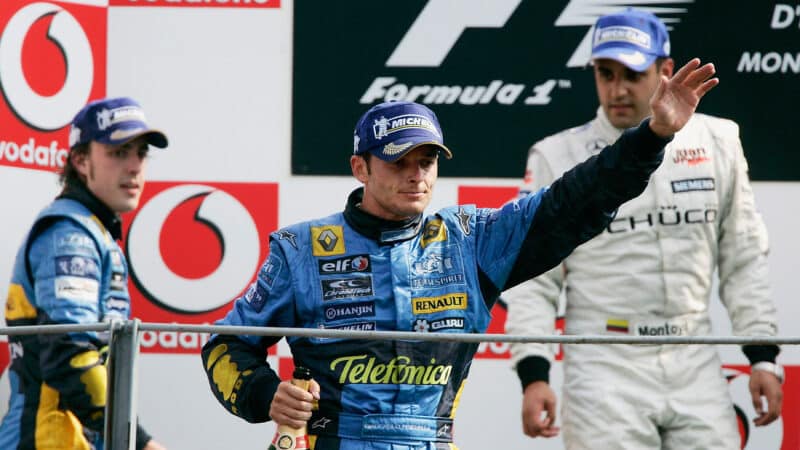Two years later, in 1972, Fittipaldi won at Monza, and in so doing he became, at 25, the then youngest ever F1 world champion, a record that Fernando Alonso in 2005, Lewis Hamilton in 2008, Sebastian Vettel in 2010 and Max Verstappen in 2021 have all since broken.
It was a hugely emotional moment for Emerson. “As those last few laps clicked down, and when I finally crossed the line to win the race and the world championship, becoming not only the youngest world champion but also the first from Brazil, I saw Colin [Chapman, his boss at Lotus] throw his cap in the air. But I was thinking of my dad, describing the scene for my countrymen, commentating on the race for Brazilian TV, and of my family, watching it on a tiny black-and-white set back in Sao Paulo.”
When we think of Monza, inevitably it is tragedy as well as triumph that comes to our minds. Ascari and Rindt are but two of 52 drivers and riders to have been fatally injured at the autodromo, the first, Gregor Kuhn, in practice for the first Italian GP ever held there, in 1922, and, among the dozens of others, two who often appear in ‘best drivers never to have won an F1 world championship’ lists, Wolfgang von Trips in 1961 and Ronnie Peterson in 1978. Fast circuits tend not to be among the safest, and Monza has always been very, very fast. But it can also be intimidating in other ways.
Fittipaldi again: “My career ended in 1996, at the age of 49, when I had a massive 230mph (370km/h) shunt at the super-fast Michigan Speedway. But the most frightening moment of my career came as I walked from my McLaren to the podium at Monza in 1975. Clay [Regazzoni] had won the race, and Niki [Lauda] had won the world championship, both of them for Ferrari, and the tifosi went absolutely crazy.
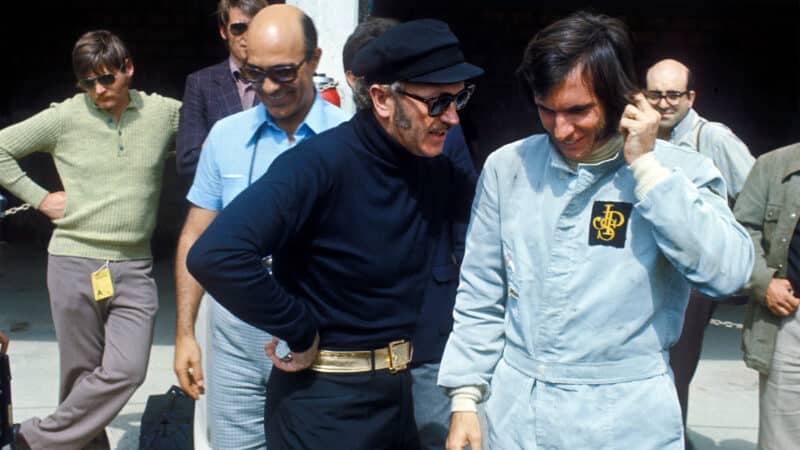
Fittipaldi became F1’s then-youngest ever champion in 1972 at Monza
Grand Prix Photo
“As I walked to the podium, with [McLaren boss] Teddy [Mayer], we were jostled by thousands of Ferrari fans who had jumped the barriers to invade the track and get closer to Clay and Niki. They swarmed around us. It was terrifying. Teddy and I were thrown to the left, then to the right, then to the left again, both of us squeezed painfully by the massive weight of the surging crowd. At one point I tripped and nearly fell. If I’d ended up on the ground, and I nearly did, I’d have been trampled to death, I have no doubt about that.”
